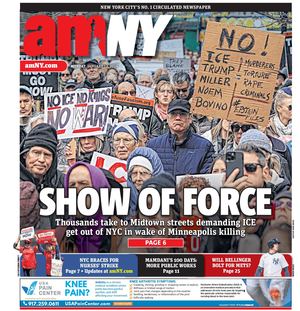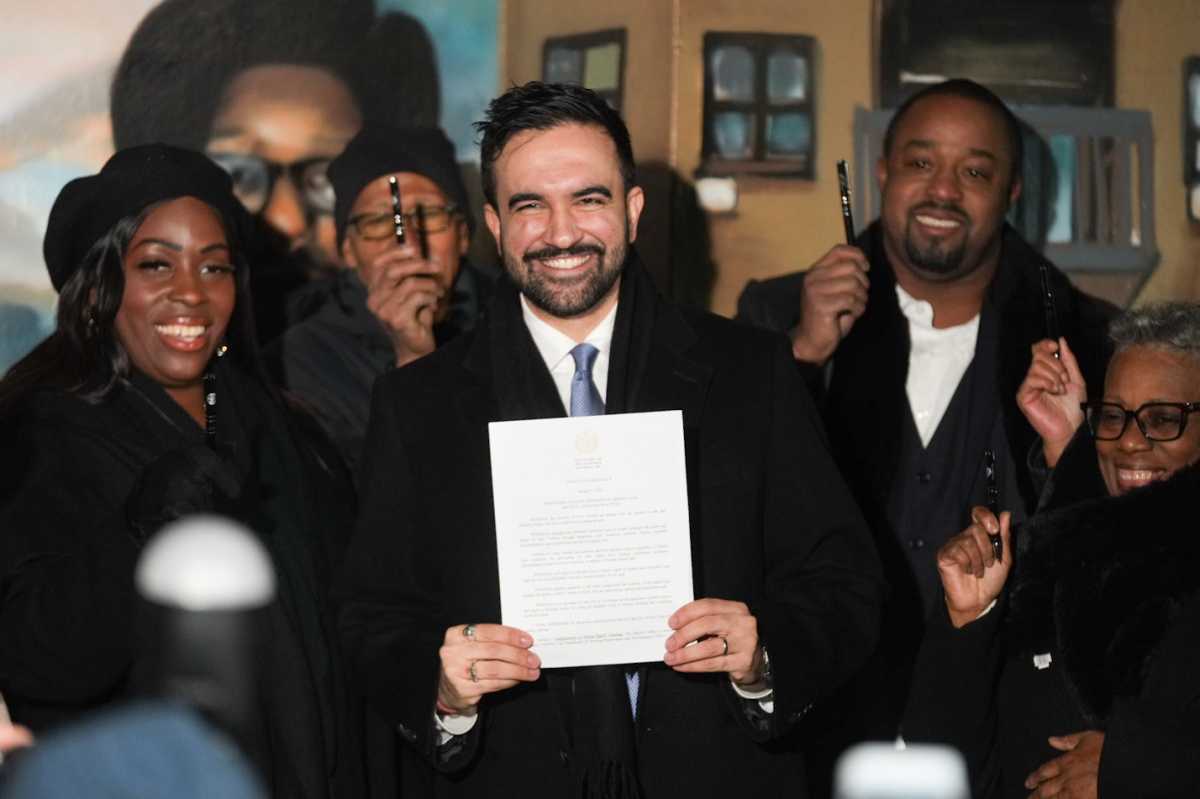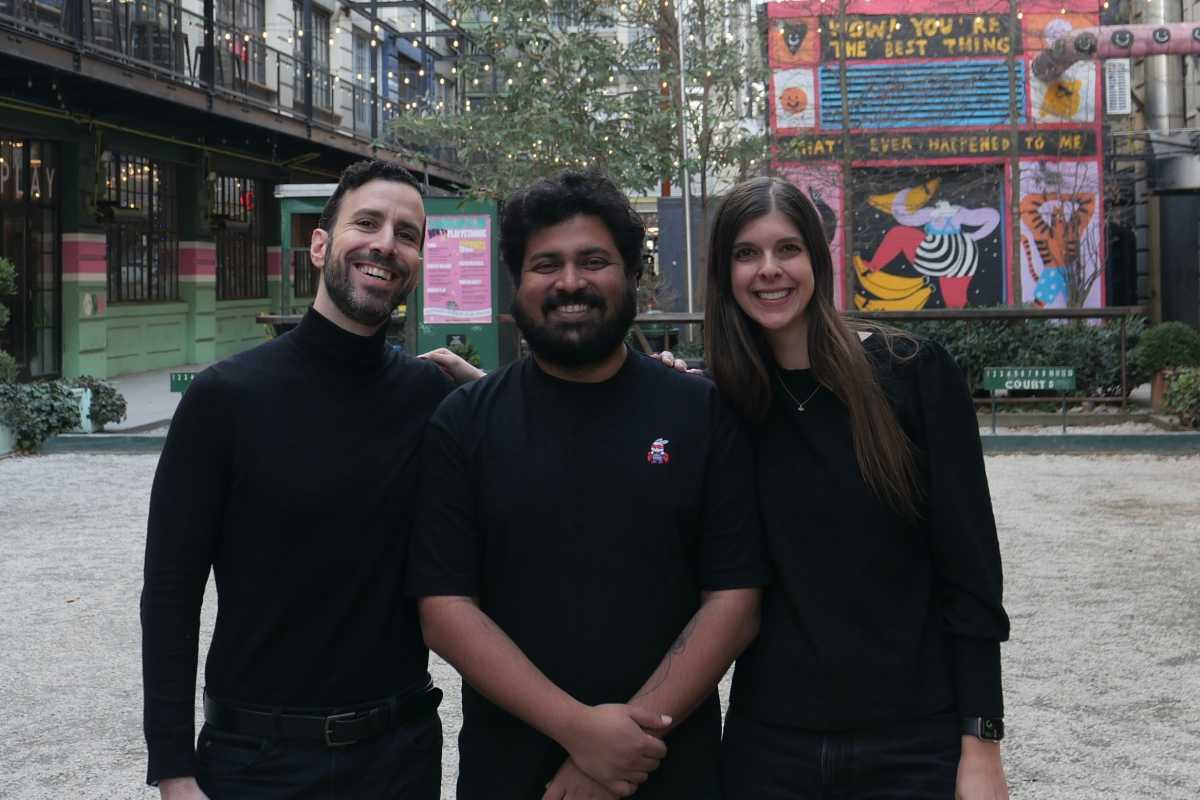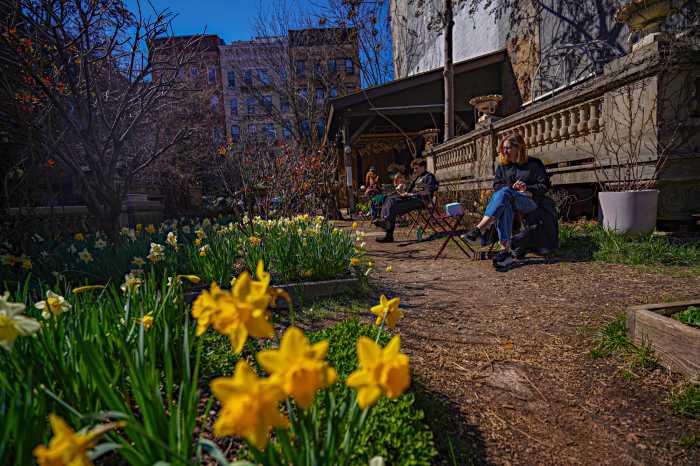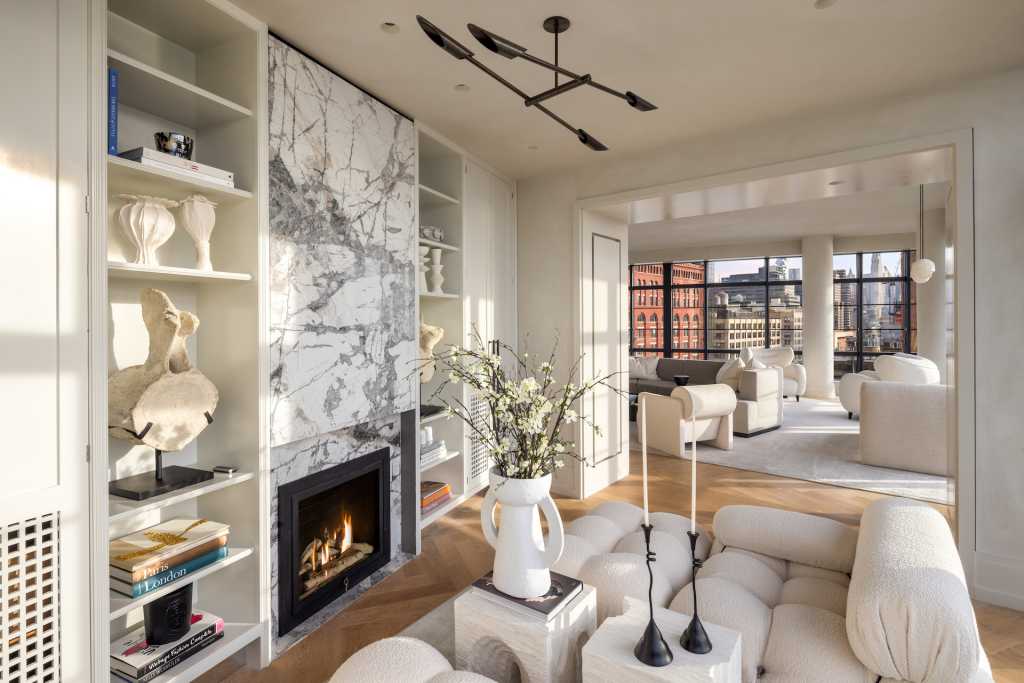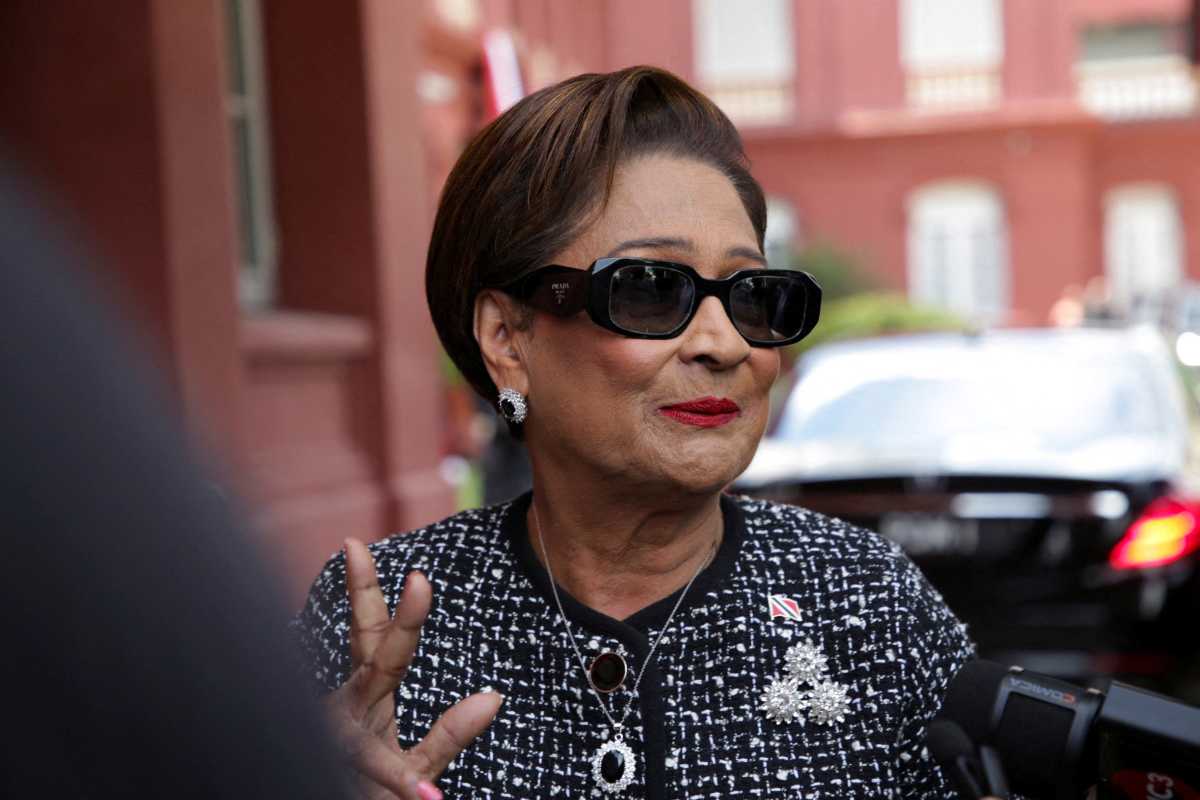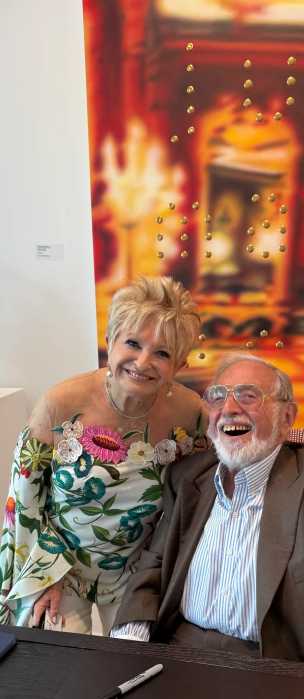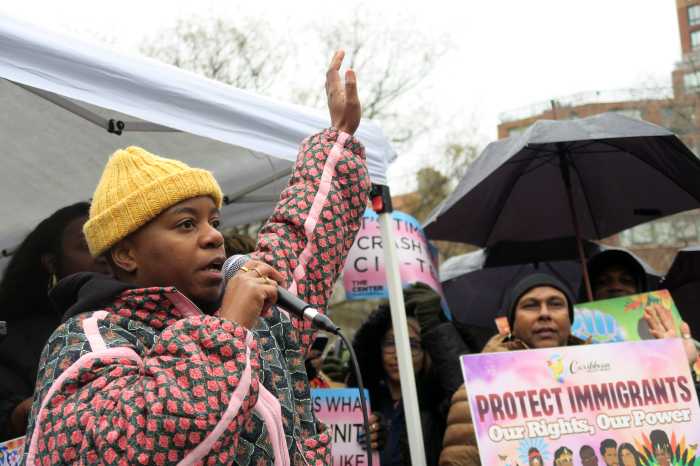The last available parcel on the Freedom Tower campus has generated a world of controversy in downtown Manhattan.
Local residents said they should have been clued in before the government considered broadening the scope of what could be built on the former Deutsche Bank lot, where a 900-foot commercial tower had been envisioned, and that profits from the development should benefit the community.
Last month the state issued a request for proposals that could pave the way for residences instead of a previously planned commercial project. Bids are being evaluated most significantly by the amount of revenue any project will bring in, according to selection criteria included in the request for proposals.
And while downtown residents are divided on the merits of a residential project, nearly all expressed concern that the setup may profit a development corporation created to spearhead rebuilding after the Sept. 11 attacks, with no detailed plans for how the money would be invested locally. Community benefits such as affordable housing should be prioritized upfront, they said.
"Something shoddy is likely to come out of this," said Todd Fine, president of the Washington Street Advocacy Group, referencing the request for proposals and a memorandum of understanding between several government entities he received through a Freedom of Information Law request.
The way the deal is structured "seems to be just about money," he said, adding that "If (Lower Manhattan Development Corp.) has another $100 million to throw around, shouldn’t there be a little bit more democratic influence on that 20 years after 9/11?"
The MOU dictates that if the site becomes a mixed-use project — which many people believe will be more lucrative than a commercial venture — the commercial appraised value of the site will go to Port Authority. Then, after accounting for up to $1 million in state staffing and administrative costs, the money would be split between the authority and Lower Manhattan Development Corp.
Three-quarters of the money would go to Lower Manhattan Development Corp., according to the MOU, signed in February by leaders of Empire State Development, the state’s economic development arm; the lower Manhattan Development Corp., a subsidiary of ESD; Port Authority of New York and New Jersey and then-Deputy Mayor for Housing and Economic Development Alicia Glen.
"LMDC should not be in a position to be developing a project where there’s profit, and then decide where the money goes," said Anthony Notaro Jr., chairman of the local community board. "We weren’t engaged by LMDC at all."
If a mixed-use proposal is chosen, the Lower Manhattan Development Corp., a recipient of funding from the U.S. Department of Housing and Urban Development, would ensure proceeds are spent in accordance with HUD standards and its mission to revitalize downtown, according to Jack Sterne, a spokesman for Empire State Development.
"Throughout its history, the Lower Manhattan Development Corporation has led a robust public engagement and community-based planning operation, and we look forward to continuing to work with the community as the Site 5 process moves forward," Sterne said in a statement.
Previously, the government envisioned five commercial towers encircling the Sept. 11 memorial, with Tower One reaching the greatest height — 1,776 feet — and each of the other towers topping out at lower and lower altitudes, concluding with the project in question, Tower Five, reaching 900 feet.
While soliciting proposals, Empire State Development noted in a news release last month that it was open to mixed-use projects because of an influx of office space nearby and the need for more housing in the area. Anything beyond commercial development, however, would require modifying the formal development blueprint and going through an environmental review.
Mary Dierickx, a historic preservation consultant who has lived downtown for four decades, would welcome housing, which she believed would cultivate a sense of neighborhood more than another office or hotel.
"It’s not that nice living in a hotel district … the streets are kind of dead; there aren’t the usual dry cleaners and markets and delis," Dierickx said, noting that a commitment to abide by the city’s trademark affordable housing program, in which at least one-fifth of units must be offered at below market-rate, was not sufficient for a public site. "Their standards should be higher."
Notaro and others reiterated a belief that more should be done to build affordable apartments or other sought-after public hubs, such as a school or library.
"I would just like to see a better, a stronger commitment by the politicians that we want proposals that do benefit downtown," said Fine.
Jane Meyer, a mayoral spokeswoman, said City Hall worked to ensure that any residential development plans would abide by the city’s affordable housing program rules.
But the prospect of more residences, and the strain of trash and traffic that comes with them, was not welcomed by Mary Perillo, an outreach worker for the World Trade Center Health Program, who has lived in the area for nearly 40 years.
"After they have … billions and billions of dollars spent on things like the Oculus — how many acres of marble is that — they’re going to go for the highest bidder," said Perillo. "They don’t care what happens to residents."
Correction: A previous version of this story inaccurately noted the state had broadened the scope of the project, when it has issued requests for proposals that may require broadening the scope of the project.
